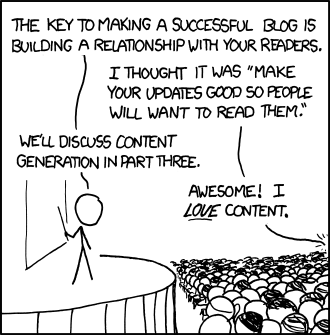As I told you a few weeks ago, my book SUPERBUG (Free Press 2010) is out in paperback. Mark Frauenfelder of BoingBoing.com has very kindly put up an interview and podcast about it. And Joanne Manaster, AKA @ScienceGoddess, has done one of her excellent and charming book review videos, calling it “not for the faint of heart or someone incessantly worried about their health.” (Heh.) I’m grateful to both.
[HTML1]








